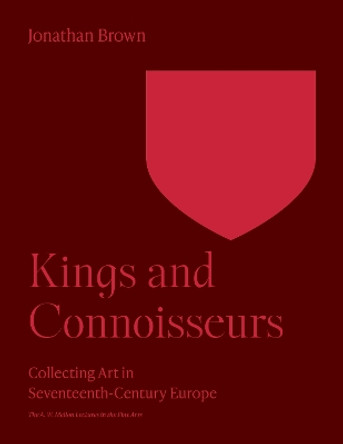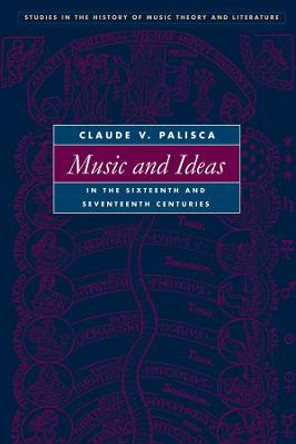Art historians have often minimized the variety and complexity of seventeenth-century Spanish painting by concentrating on individual artists and their works and by stressing discovery of new information rather than interpretation. As a consequence, the painter emerges in isolation from the forces that shaped his work. Jonathan Brown offers another approach to the subject by relating important Spanish Baroque paintings and painters to their cultural milieu. A critical survey of the historiography of seventeenth-century Spanish painting introduces this two-part collection of essays. Part One provides the most detailed study to date of the artistic-literary academy of Francisco Pacheco, and Part Two contains original studies of four major painters and their works: Las Meninas of Velazquez, Zurbaran's decoration of the sacristy at Guadalupe, and the work by Murillo and Valdes Leal for the Brotherhood of Charity, Seville. The essays are unified by the author's intention to show how the artists interacted with and responded to the prevailing social, theological, and historical currents of the time. While this contextual approach is not uncommon in the study of European art, it is newly applied here to restore some of the diversity and substance that Spanish Baroque painting originally possessed.
About the AuthorJonathan Brown (1939-2022) was the Carroll and Milton Petrie Professor of Fine Arts at the Institute for Fine Arts at New York University and the author of a number of books, including
Velazquez: Painter and Courtier;
Kings and Connoisseurs: Collecting Art in Seventeenth-Century Europe;
Painting in Spain,
1500-1700; and
In the Shadow of Velazquez: A Life in Art History.Book InformationISBN 9780691003153
Author Jonathan BrownFormat Paperback
Page Count 201
Imprint Princeton University PressPublisher Princeton University Press
Weight(grams) 312g







